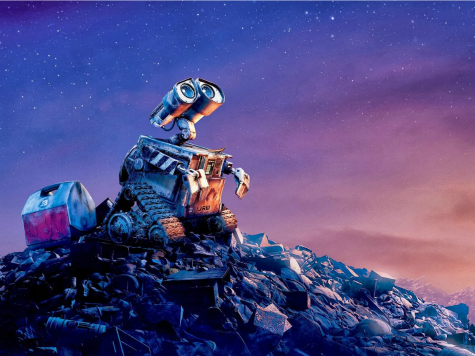
Few would deny the wit and sophistication of Wall-E, the 2008 Pixar film about a lonely robot left on a trash-filled Earth.
Andrew Heaton, whose EconPop video series brims with both liberty and humor, thinks the film could use some tough love.
Wall-E follows a droid who leaves a polluted earth only to find more calamity–a group of humans so lazy they’ve all but morphed into their floating chairs.
Is that what the future really holds for us?
Heaton argues that a simple look at economic realities–and the past–make such a scenario unlikely.
“The excesses of consumerism” is to blame, the film implies. Yet the bleak future shown in the film echoes fears expressed throughout modern history. And reality ends up painting a far rosier picture.
For example, some predicted horse manure would overflow the streets of New York City when horse-drawn carriages were all the rage. Those experts couldn’t see that the rise of the automobile would make horse power–the natural kind–obsolete.
“History teaches us that technological progress doesn’t just make us richer, it makes our world cleaner as well,” he says. We still see trash and litter, but it’s rare to spot it on your neighbor’s front lawn.
“People tend to take better care of things they own,” he says.
Watch the whole video. It won’t spoil your love of Wall-E, and you’ll likely laugh out loud a time or three. The big picture? Knee-jerk Hollywood impulses often ignore economic realities and the power of the free market.

COMMENTS
Please let us know if you're having issues with commenting.